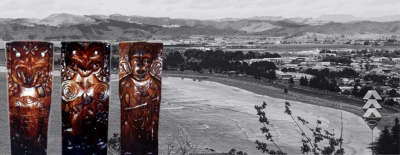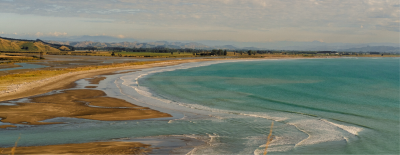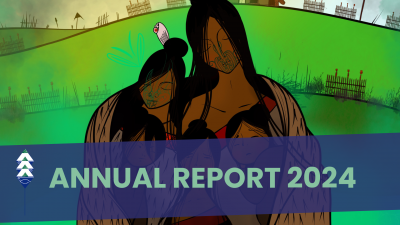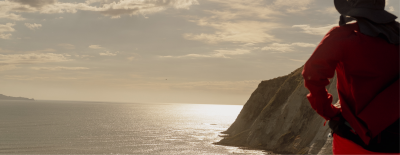Manutukutuku
He taonga tuku iho, ko te manutukutuku,
Kua ngaro atu kē ki ngā hau e wha,
Kua whakamīharo a tātou nei ngākau,
Kia puta ake ki te whai ao,
Ki te ao mārama.
Kua ngaro atu kē ki ngā hau e wha,
Kua whakamīharo a tātou nei ngākau,
Kia puta ake ki te whai ao,
Ki te ao mārama.
A treasured kite lost to the winds, brings much joy when found again.
The importance and significance of kite-making and kite flying to the iwi of Tūranganui-a-Kiwa are obvious when the genealogies and history are looked at. Rongo, the patron of the arts, was closely associated with manutukutuku. Tāne (Tāne-māhuta - Tāne the flyer) and Rēhua (the star antares) play important spiritual roles in the rituals of kite flying. There was Tāwhaki, who attempted to ascend to the heavens upon a kite, and then onto Hawaiki and the tumultuous times of Uenuku, Paikea and Ruatapu. It was whilst retrieving his wayward kite from the roof-top of his father's house that Ruatapu was condemned an illegitimate son, "ka kīia a Ruatapu e Uenuku ki te tama meamea". These remarks led to the catastrophe known as Te Huripureiata, a slaughter of the first-born sons of Hawaiki at sea; and Paikea's eventual landfall at Ahuahu.
Tahu-pōtiki was informed of his brother's death by a messenger kite flying high above the hill Pukehapopo at Whangara-mai-tawhiti. The murder of Kahutapere's twin sons Tarakiuta and Tarakitai by Rākaihikuroa was uncovered by the flying of kites sent to seek out the assassins. Finally, Rongowhakaata was a kite flyer of some repute. These are but a few events where the flight of the manutukutuku plays a role.


.png)











